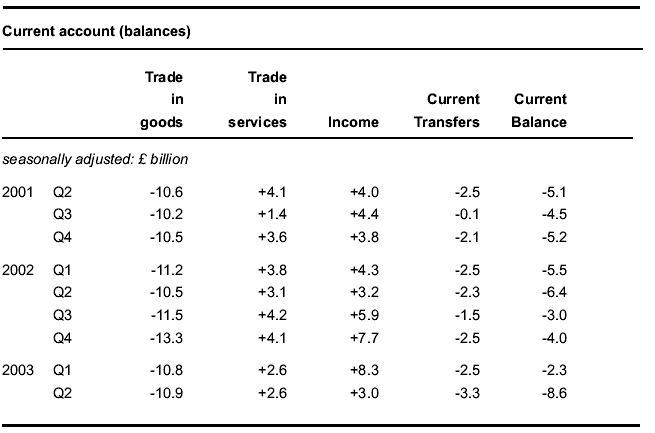Balance of Payment
Post on: 27 Июль, 2015 No Comment

Balance of Payment | Current, Capital and financial account
What is Balance of Payments?
Balance of Payments is an accounting record of all monetary transactions between a country and the rest of the world
Important Points
- BOP is a record which countries use to monitor all international monetary transactions at a specific period of time.
- All trades conducted by both the private and public sectors are accounted for in the BOP in order to determine how much money is going in and out of a country
- If a country has received money, this is known as a credit, and, if a country has paid or given money, the transaction is counted as a debit.
- Usually, the Balance of Payments is calculated every quarter and every calendar year.
Components of Balance of Payment
The current account
The Capital account
- It records flow of funds, into the country (credits) and out of the country (debits), associated with the acquisition or disposal of fixed assets
- Transfers of financial assets by migrants
The financial account
It records the flow of money in and out of a country because of:
Investment (direct and portfolio)
Records primarily long term investments
Direct investments if a foreign company invests money from abroad in one of its branches or associated companies a country. (Any profit from this investment will be recorded as income outflow on the current account)
Portfolio investment- changes in the holding of paper assets, such as company shares. E.g. If an Indian buys shares in an overseas company, this is an outflow of funds i.e. Debit item
Other financial flows
It consists primarily of various types of short-term monetary movement between a country and the rest of the world. E.g. Deposits by overseas residents in banks in the country and loans to India from abroad are credit items.
Deposits by Indians in overseas banks and loans by Indian banks to overseas residents are debit items.
Short term monetary flows are common between international financial centres to take advantage of differences in interest rates and changes in exchange rates.
Flow to and from the reserves
Every country holds reserves of gold and foreign currencies. Central bank sells some of the reserves to purchase Rupee in the foreign market. It does so in order to support the rate of exchange. Drawing on reserves represents credit item in the balance of payment accounts. Money drawn from the reserves represents an inflow of the BOP.
The surplus elsewhere in the balance of payments can be used to build up the reserves i.e. debits.
Balance of Payment can be favourable or unfavourable (deficit)
Theoretically, the BOP should be zero, meaning that assets (credits) and liabilities (debits) should balance. But in practice this is rarely the case and, thus, the BOP can tell the observer if a country has a deficit or a surplus and from which part of the economy the discrepancies are stemming.














